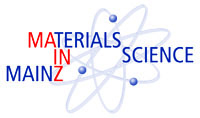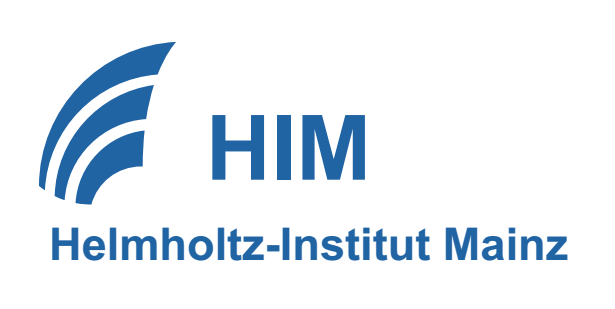keine vergangenen Seminare
zukünftige Termine
16 Jul 2025
PRISMA+ Colloquium
Institut für Physik 13:00 Uhr s.t., Lorentz-Raum, 05-127, Staudingerweg 7 |
| Prof. Dr. Florian Bernlochner, University Bonn | |
Status and Outlook of the Belle II Experiment | |
|
17 Jul 2025
Seminar über Quanten-, Atom- und Neutronenphysik (QUANTUM)
Institut für Physik 14:15 Uhr s.t., IPH Lorentzraum 05-127 |
| Prof. Dr. Stefanie Barz, University of Stuttgart Institute for Functional Matter and Quantum Tech | |
TBA | |
|


